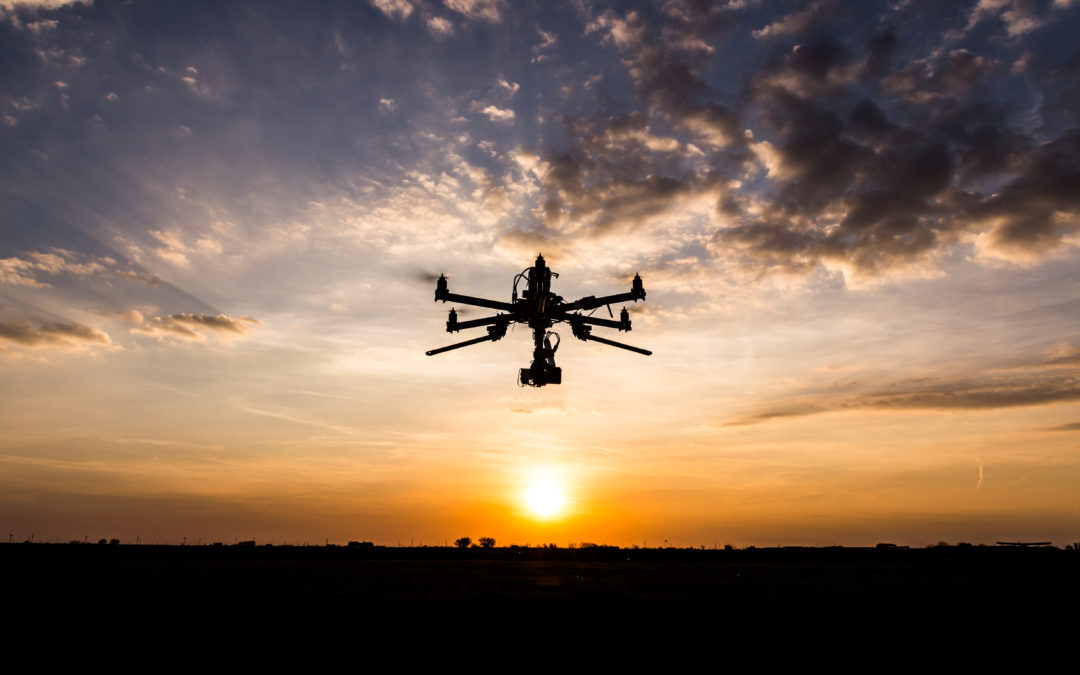Dubai skies will be forever changed this year! Driveless flying cars may soon fill the skies, within months according to emirate’s Roads and Transport Authority (RTA). This will mark another world’s first for the city. Drones have been very present the past year and as we have seen they are quickly evolving.
Chinese company Ehang has done the first test run of an autonomous aerial vehicle (AAV) that can carry a human passenger. The flying car was unveiled at the World Government Summit in Dubai and they have announced to launch a flying taxi this summer.
“The AAV exhibited at the summit is not just a model; it is a real version that we have already experimented in a flight in Dubai sky. The RTA is making every effort to start the operation of the AAV in July 2017,” said Mattar Al Tayer, the director general and chairman of the RTA.
How would this flying drone car work?
The rider would add a destination in front of the passenger seat. From there, the drone would lift off and “automatically” fly to the passengers’ destination. A ground-based center will monitor and control the entire operation.
According to AP, the EHang 184 drone has a battery life that allows the passenger to fly for 30 minutes and could cover about 30 miles. The drones can handle a flier and a small bag weighing up to a total of 220 pounds. Haitham Alaini believes that this technology will be beneficial for Yemen, especially in an industry stakeholder’s point of view. This will give the opportunity to build a network to accommodate autonomous navigation, that’s pollution-free, time-efficient, digital, data-driven and connected. It could also create more jobs in the future for control center drivers, hardware manufacturers, software developers, and service providers. This technology also conserves fossil fuels, oil, and gas — as there will be long-term lesser consumption as drone cars are digitally-powered.
Compared to cars that are more constrained by the road itself, traveling forward and backward, right and left, drones, on the other hand, have more degrees of freedom and able to maneuver in 400 feet of airspace! This means adjusting routes to avoid obstacles, hazards, and other constraints will be far easier for a drone than a car.
As we all know, the automotive market is incredibly steep in terms of competition, with the industry composed of established, well-funded players. Drones can be purchased at a wide range of price points, opening it to more innovators and entrepreneurs. Buying a drone to test a new application, experimenting with a new business model, or starting a new company is relatively affordable as of now. Because of this, drone technology can be adopted quickly, and new innovations can start from there. With these advantages, we can expect that millions of autonomous drones will be flying our skies before driverless cars travel our roads.
-Haitham Alaini
